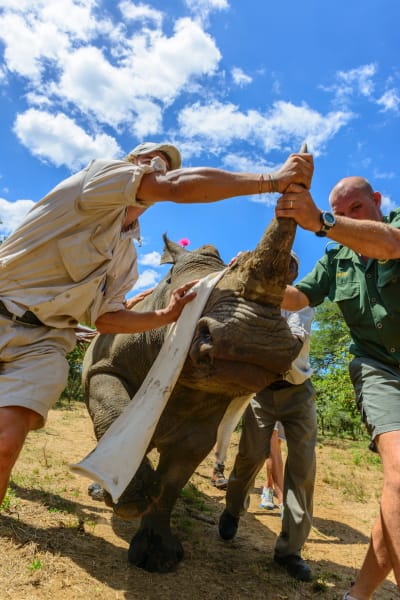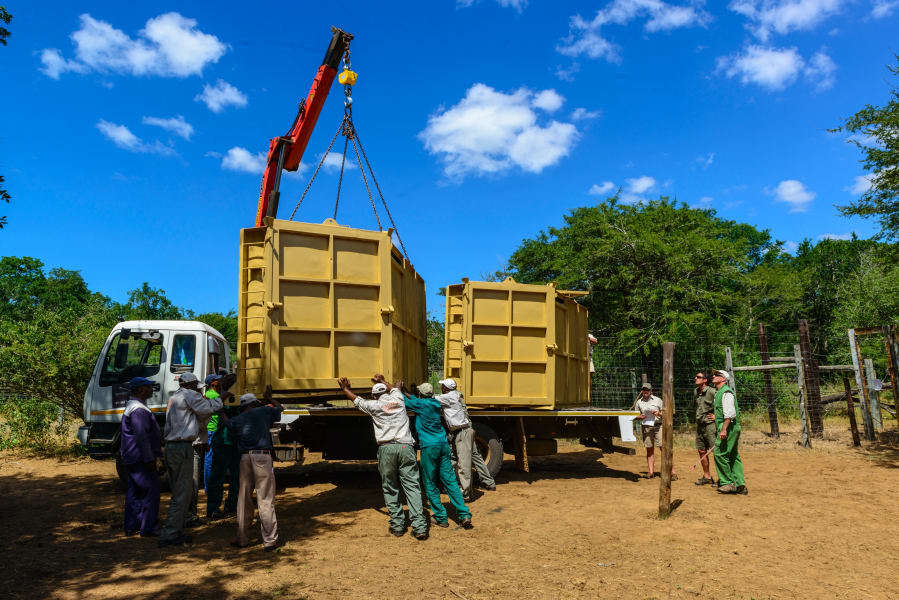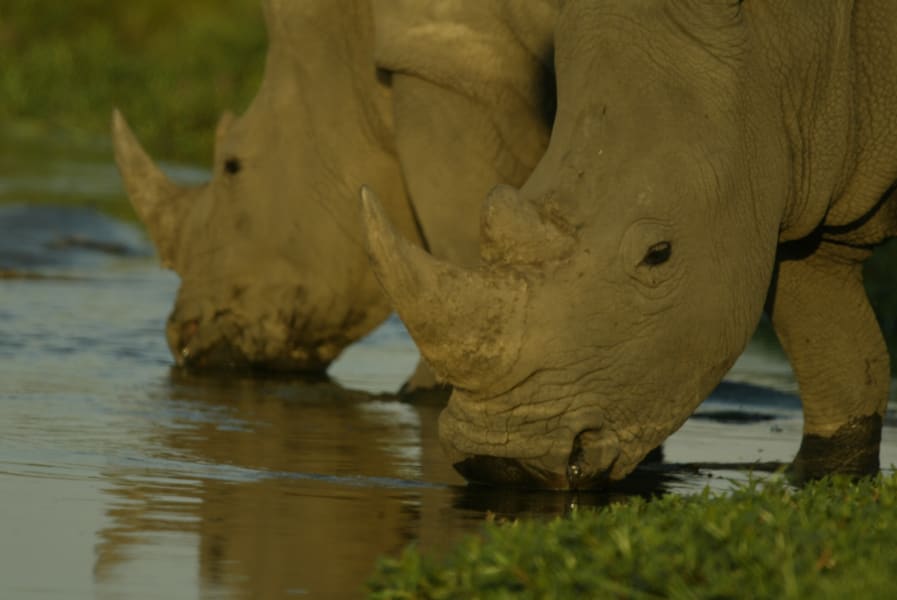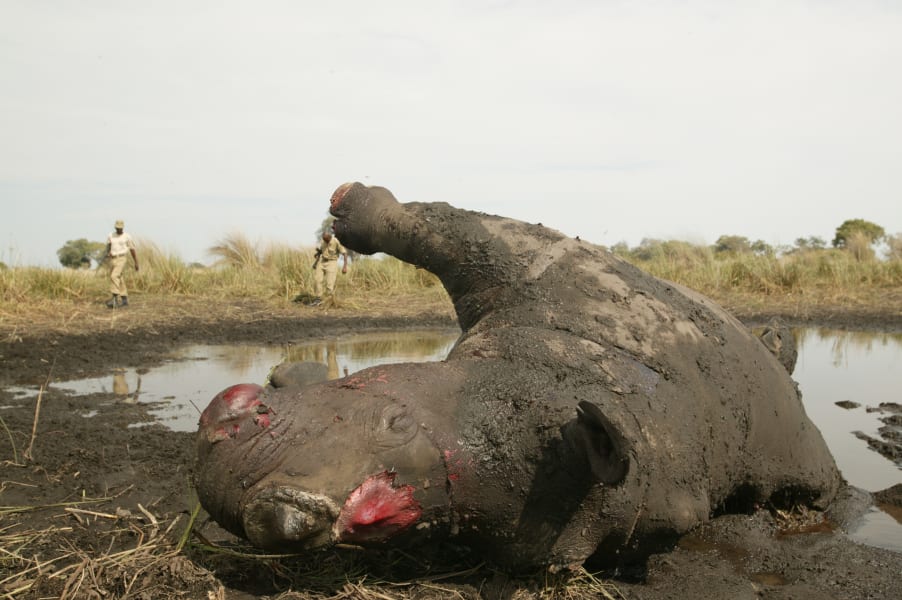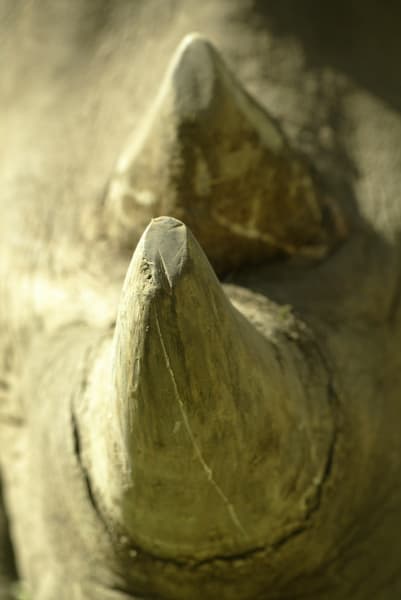Share
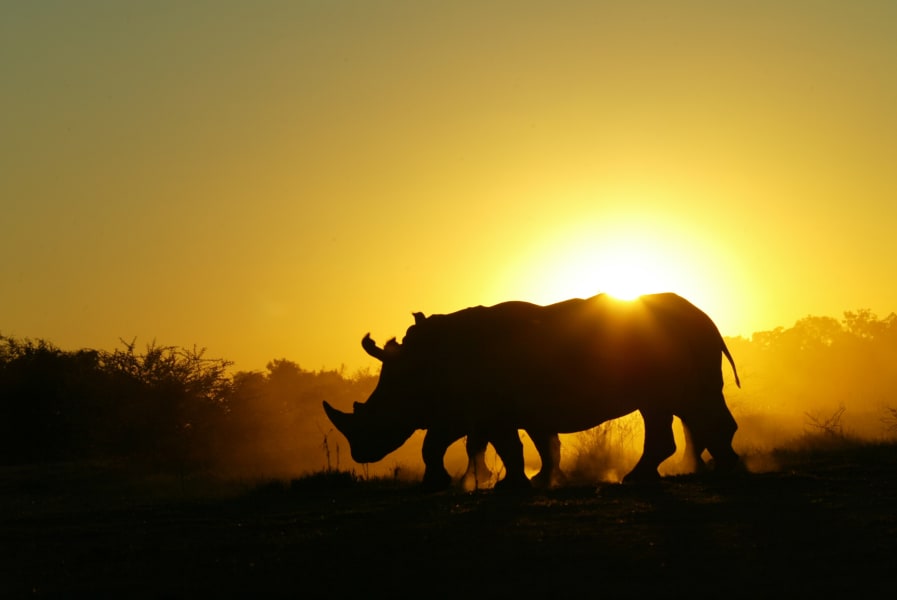

1 of 9
South Africa has the highest concentration of black and white rhinos in Africa. They also have the highest rate of poaching. Beverly Joubert/Rhinos Without Borders
In 2013, over 1,000 rhinos were killed for their horns. Beverly Joubert/Rhinos Without Borders
In Eastern Asia, rhino horn is (inaccurately) believed to cure a range of maladies, from cancer to fever. It is also sold as an aphrodisiac. The horns sell for as much as $65,000 a kilogram on the black market. Beverly Joubert/Rhinos Without Borders
There are only 5,000 black rhinos left on the continent (a 96% reduction since 1970). The white rhino story is a happier tale. Rescued from the brink of extinction, the species now numbers 20,000 -- though conservationists worry they too are in danger, as rhino horn continues to sell for a hefty sum on the black market. Beverly Joubert/Rhinos Without Borders
Beverly and Dereck Joubert (pictured) are a husband-and-wife team of filmmakers and photojournalists for National Geographic. They recently started Rhinos Without Borders, a charity that plans to move at least 100 black and white rhinos from South Africa to Botswana, where poaching is nearly nonexistent. Courtesy Wildlife Film
One of the reason's Botswana's poaching level is so low is its zero tolerance for poachers. Anti-poaching is handled by the Botswana Defense Force, who have a "shoot to kill" policy, meaning if a poacher doesn't immediately put down his weapon, the military can treat him like a threat. Beverly Joubert/Rhinos Without Borders
Rhinos Without Borders has partnered with tourism venture andBeyond (pictured), who moved rhinos from one of their private reserves to Botswana in 2011. It costs roughly $45,000 to move a single rhino. Courtesy of AndBeyond
Rhino candidates are sedated and their blood samples studied to make sure they're strong enough to make the trip. The rhinos then recover during a six-week quarantine before they're moved by plane to a secret location in Botswana. Courtesy of AndBeyond
Because rhinos' first instinct is to seek out other herds, and Botswana has a low rhino density, synthesized rhino dung is used to help the relocated animals establish their territory. Beverly Joubert/Rhinos Without Borders
